Quality Therapy Services for Schools
Onsite, Virtual, and Hybrid
We’ve got you covered!
A global leader in therapy services for 20 years, TinyEYE partners with schools to provide expert care that transforms student outcomes and drives success in every classroom.
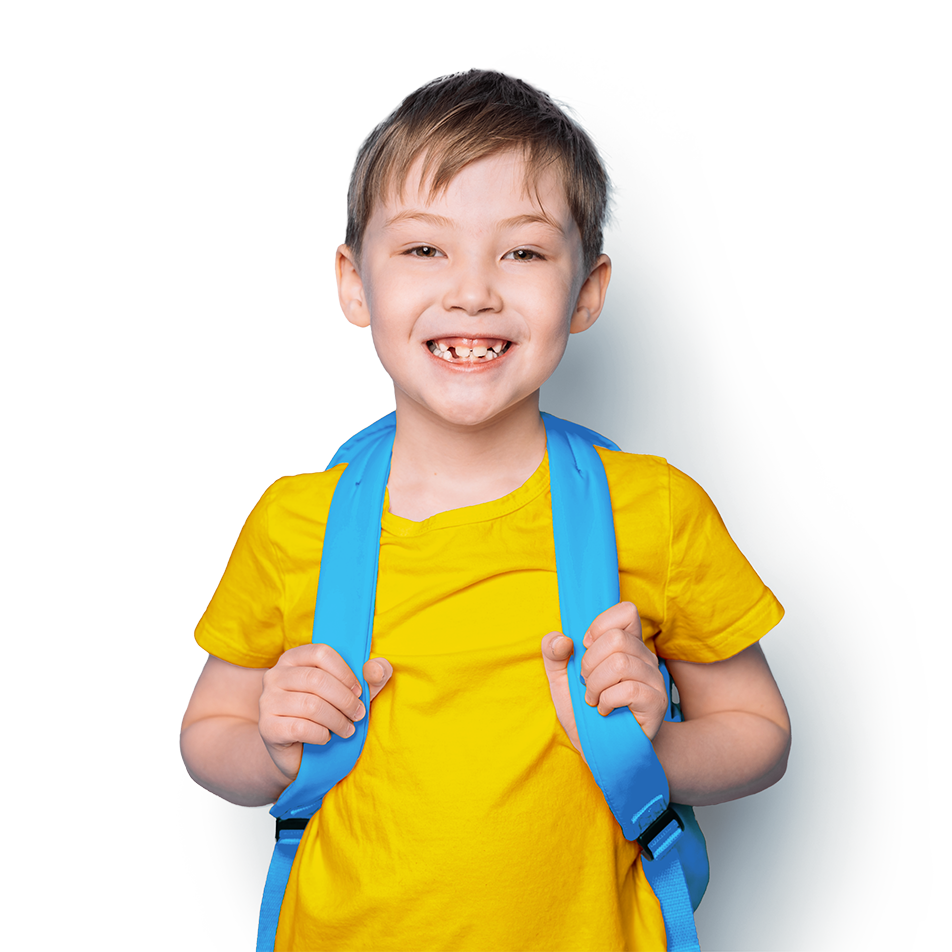
Join our therapy Team
Be part of a team that values your growth. TinyEYE supports therapists with flexible hours, a collaborative community, and fulfilling work.
- ASHA-certified SLPs
- NBCOT-certified occupational therapists
- School psychologists
- School counselors
- Social workers

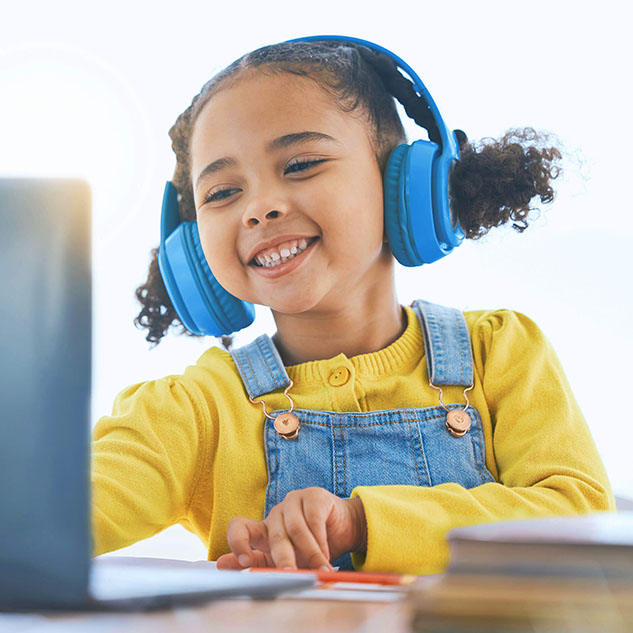
Partnering for Student Success
TinyEYE partners with schools to deliver impactful online therapy, designed to support diverse learning needs. Our team ensures every student receives high-quality, individualized care that helps them thrive in and out of the classroom.
Speech Therapy
Empowering students with expert speech therapy, tailored to their needs, helping them thrive in learning and communication.
Occupational Therapy
Transform student outcomes with expert occupational therapy that addresses skill gaps and fosters independence.
School Counseling
Tailored school counseling services to support students’ well-being, academic success, and personal growth.
Psych Assessments
Tailored assessments from experienced psychologists help schools identify and address student needs effectively.
Speech Therapy
Caseloads can vary for direct online therapy. Often Speech-Language Pathologists and Occupational Therapists are licensed in multiple state/provinces in order to serve more students in need of online therapy services. We match school caseloads to therapist availability to create an optimal schedule.
Occupational Therapy
Transform student outcomes with expert occupational therapy that addresses skill gaps and fosters independence.
School Counseling
Tailored school counseling services to support students’ well-being, academic success, and personal growth.
Psych Assessments
Tailored assessments from experienced psychologists help schools identify and address student needs effectively.
TinyEYE's Innovative Teletherapy Platform
Experience Monarch, TinyEYE’s all-in-one platform designed to simplify therapy while maximizing student engagement and therapist efficiency.
- Streamline therapy planning and IEP goal managementTrack student progress with live session data
- Customize activities to meet individual student needs
- Access built-in tools like document cameras and green screens
- Leverage resources for curriculum and life skill development
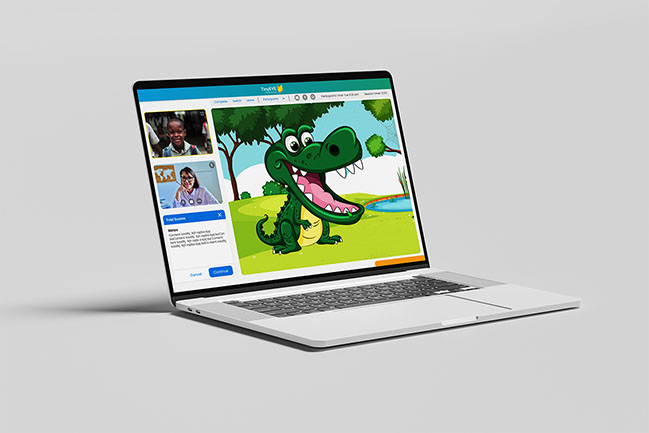
Your voice matters to us
Check out our latest posts
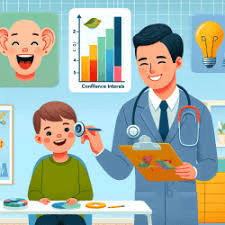
Using Confidence Intervals to Enhance Speech-Language Pathology Assessments
In the field of speech-language pathology, making data-driven decisions is crucial for creating optimal outcomes for children. One of the essential tools for ensuring accurate…
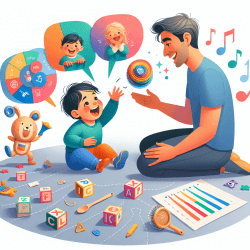
Understanding Speech Sound Milestones: A Guide for Parents
Navigating the developmental milestones of your child can be both exciting and daunting, especially when it comes to speech and language development. Understanding these milestones…
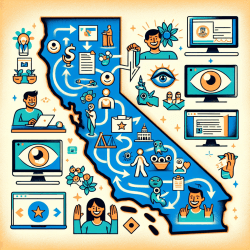
Step-by-Step Guide to Obtaining Your OT License in California
Obtaining an Occupational Therapy (OT) license in California can seem like a daunting task, but it doesn’t have to be. Follow this step-by-step guide to…